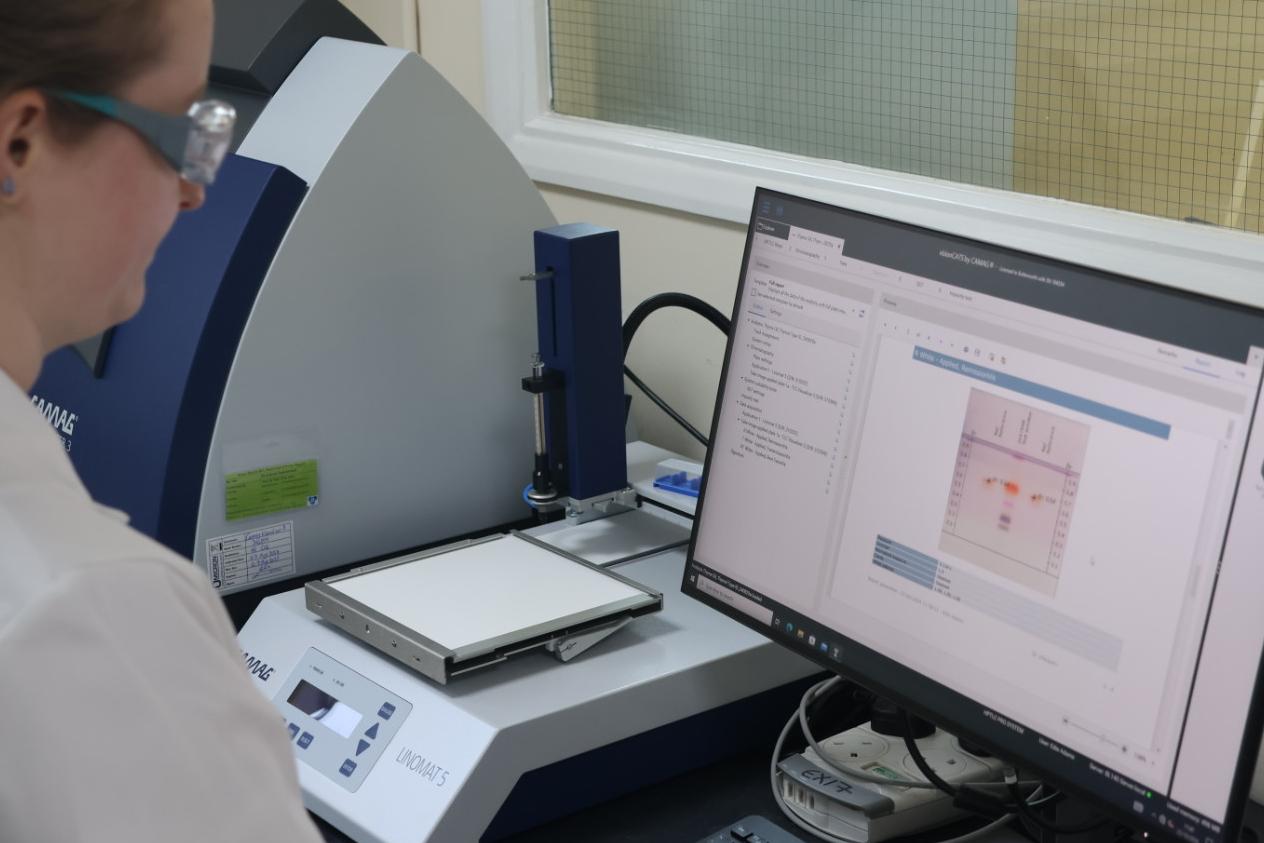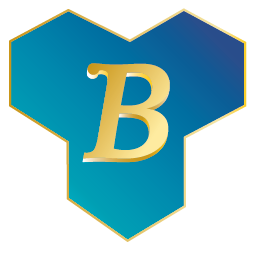Almost any mixture of compounds can be separated using either Thin-Layer Chromatography (TLC) or Paper Chromatography. These techniques identify compounds such as sugars and antibiotics and can even determine impurities and related substances down to ~0.5%.
While traditional TLC remains a fundamental tool in herbal medicine analysis, technological advancements have led to the development of High-Performance Thin-Layer Chromatography (HPTLC). One notable innovation in this field is the CAMAG HP-TLC Visualisation Analyser system, which enhances TLC-based analysis’s efficiency, accuracy, and reproducibility. It is available at Butterworth.
This system integrates modern imaging and analytical techniques, allowing for improved visualisation, documentation, and interpretation of chromatographic results. Key features of this system include:
- Advanced Image Acquisition: Utilises high-resolution cameras to capture detailed chromatograms, enabling precise analysis of sample components.
- Multi-Spectral Detection: This technology facilitates the detection of compounds at different wavelengths (UV, visible, and fluorescence), ensuring comprehensive analysis.
- Automated Documentation: Ensures reproducibility and traceability by digitally recording chromatographic data.
- Data Integration with Software: The system is compatible with analytical software that allows for quantitative evaluations, peak comparison, and digital fingerprinting of herbal extracts.

See our recent Whitepaper on TLC – Thin Layer Chromatography (TLC) Botanical Materials
Read our recent Article: The role of thin-layer chromatography (TLC) and high-performance liquid chromatography (HPLC) in modern pharmaceutical and herbal drug analysis
Frequently Asked Questions
Thin-layer chromatography (TLC) is a quick and simple analytical technique used in chemistry to separate and identify components in a mixture.
TLC works on the principle of separation by differential adsorption. Different compounds interact differently with a stationary phase (adsorbent) and a mobile phase (solvent), leading to separation.
Advantages of TLC
Simple and Fast
Easy to set up; results can be obtained in minutes.
Low Cost
Requires minimal equipment and inexpensive materials (e.g., TLC plates, solvents).
Small Sample Size
Only milligrams of a sample are needed.
Multiple Samples
You can run several samples on the same plate for comparison.
Good for Qualitative Analysis
Helps in identifying compounds and checking purity.
Versatile
Works with a wide range of compounds, including organic and inorganic substances.
Visual Results
Spots are directly visible under UV light or with staining reagents.
Disadvantages of TLC
Not Highly Accurate
TLC is mainly qualitative; it is not ideal for precise quantitative analysis.
Limited Resolution
Overlapping spots can occur, especially in complex mixtures.
Manual Operation
Difficult to automate, and results can be subjective (e.g., spotting and visual interpretation).
Rf Values Are Not Absolute
Rf values can vary with changes in solvent, temperature, humidity, or plate material, making comparisons across different setups tricky.
Not Suitable for Volatile Compounds
Volatile substances may evaporate before they can be analysed.
Lower Sensitivity
Less sensitive compared to other chromatographic techniques like HPLC or GC.
